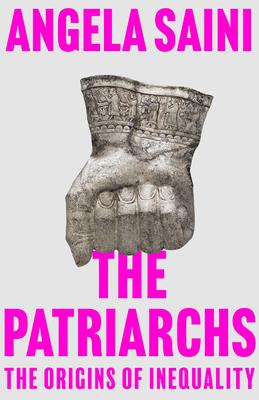- From around 7,000 years ago there are signs that a small number of powerful men were having more children than other men
- From 5,000 years ago, as the earliest states began to expand, gendered codes appeared in parts of Europe, Asia, and the Middle East to serve the interests of powerful elites--but in slow, piecemeal ways, and always resisted
- In societies where women left their own families to live with their husbands, marriage customs came to be informed by the widespread practice of captive-taking and slavery, eventually shaping laws that alienated women from systems of support and denied them equal rights
- There was enormous variation in gender and power in many societies for thousands of years, but colonialism and empire dramatically changed ways of life across Asia, Africa, and the Americas, spreading rigidly patriarchal customs and undermining how people organized their families and work.
In the 19th century and 20th centuries, philosophers, historians, anthropologists, and feminists began to actively question what patriarchy meant as part of the attempt to understand the origins of inequality. In our own time, despite the pushback against sexism, abuse, and discrimination, even revolutionary efforts to bring about equality have often ended in failure and backlash. But The Patriarchs is a profoundly hopeful book--one that reveals a multiplicity to human arrangements that undercuts the old grand narratives and exposes male supremacy as no more (and no less) than an ever-shifting element in systems of control.
